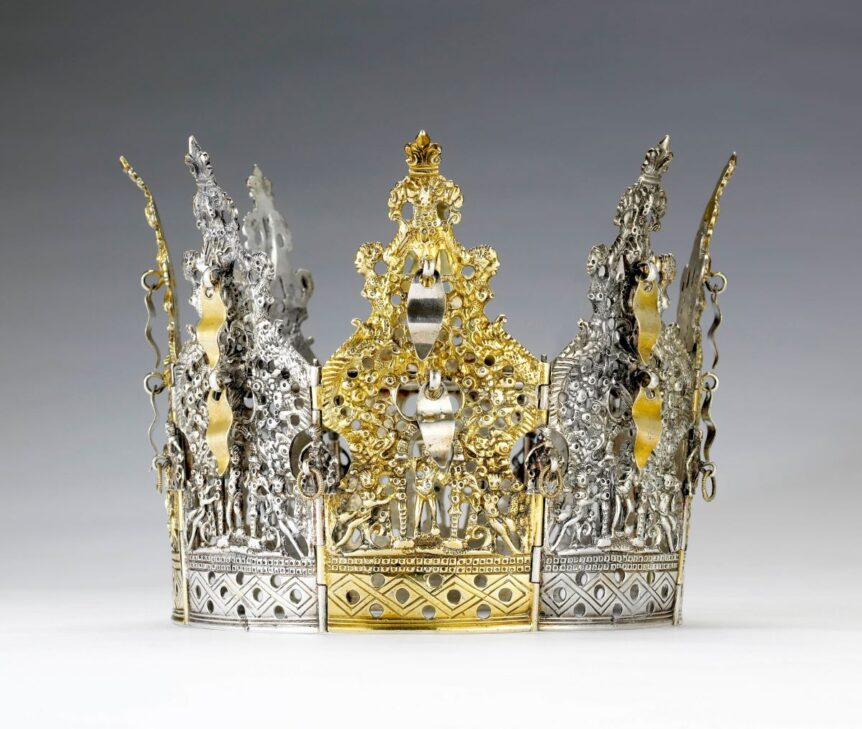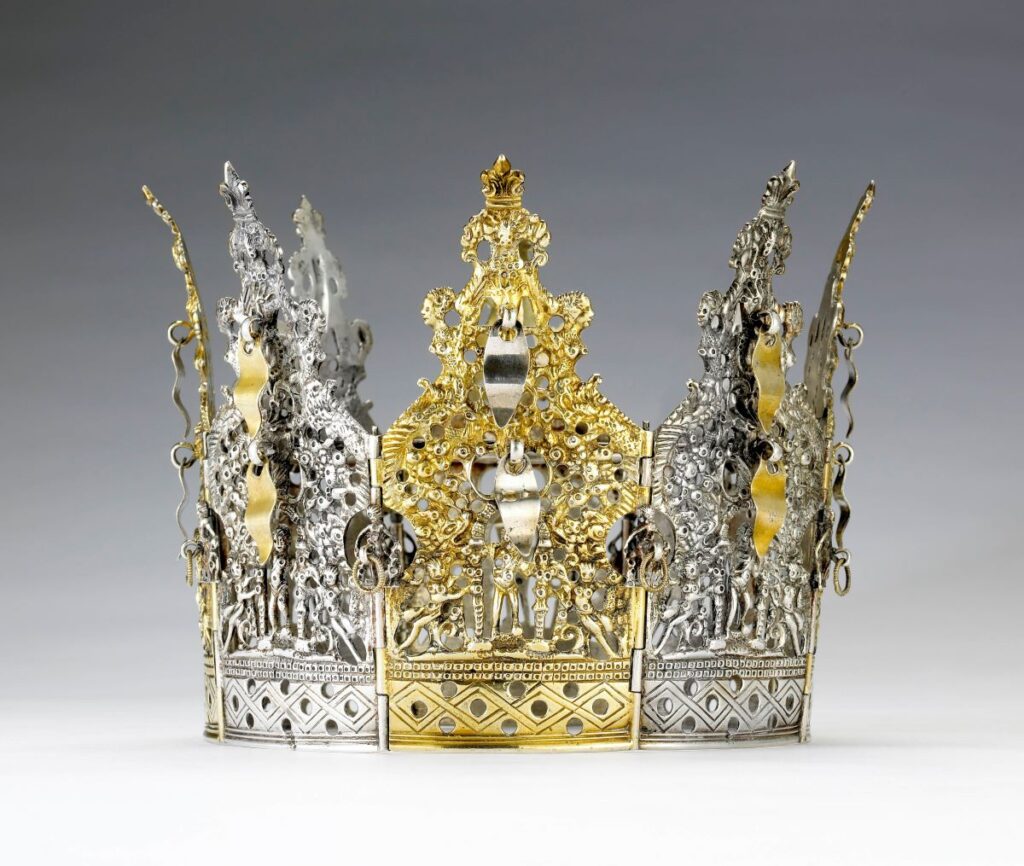
Of all the Scandinavian countries, Norway is the least known for excellence and innovation in design. Denmark, Sweden, and Finland have rich and much-celebrated histories for producing superlative pieces in furniture, ceramics, glass, and many other categories—even Iceland is lately getting attention from design aficionados. But Norway, in fact, has a deep design tradition that dates at least to the sixteenth century, as examined through the lens of making silver in the current exhibition Crowning the North: Silver Treasures from Bergen, Norway at the Museum of Fine Arts in Houston.
Bergen became a vital European commercial port, starting in the late Middle Ages. From there, Norwegians sent out lumber and stocks of fish in return for commodities such as salt and grain. Along with them would come piles of silver, originally mined in the Americas by the Spanish. The availability of that precious material, coupled, more importantly, with the rise of a merchant class whose members would serve as patrons, fostered the development of Bergen silver design. With no Norwegian banking system established until the early nineteenth century, the new upper class wanted silver household objects not only as symbols of prosperity and taste, but as solid, tangible assets that embodied their wealth.
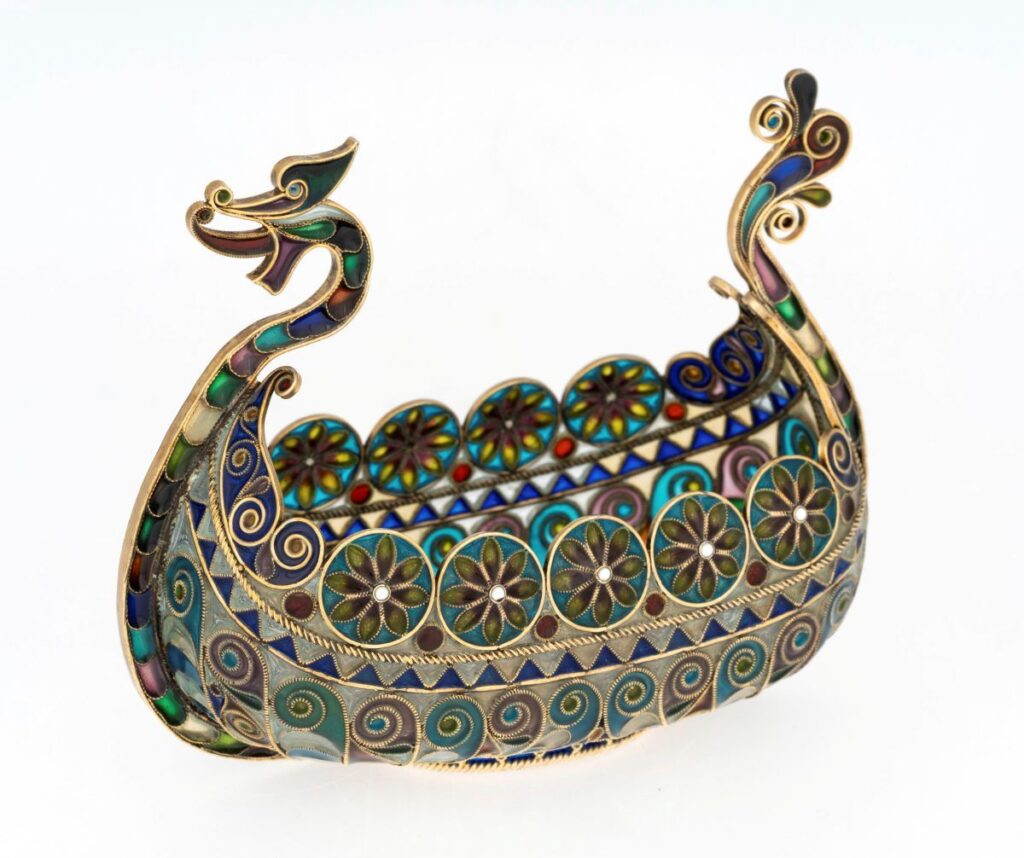
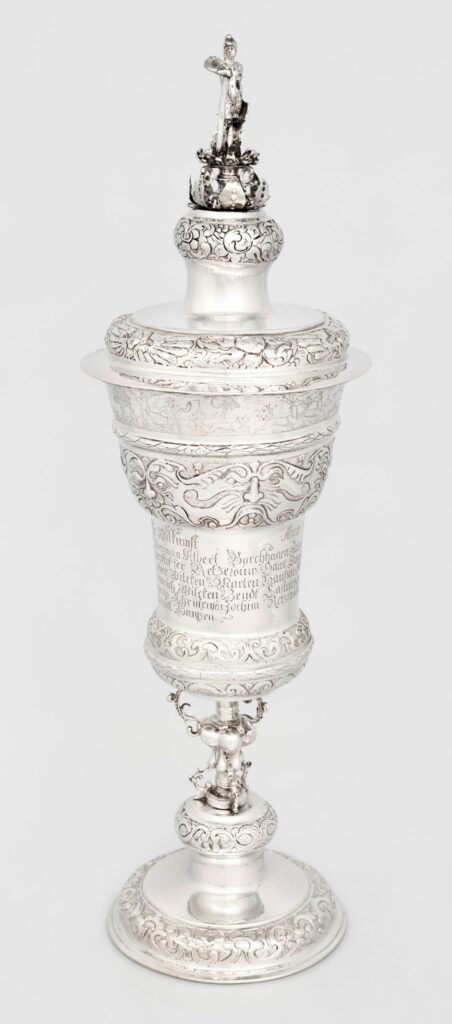
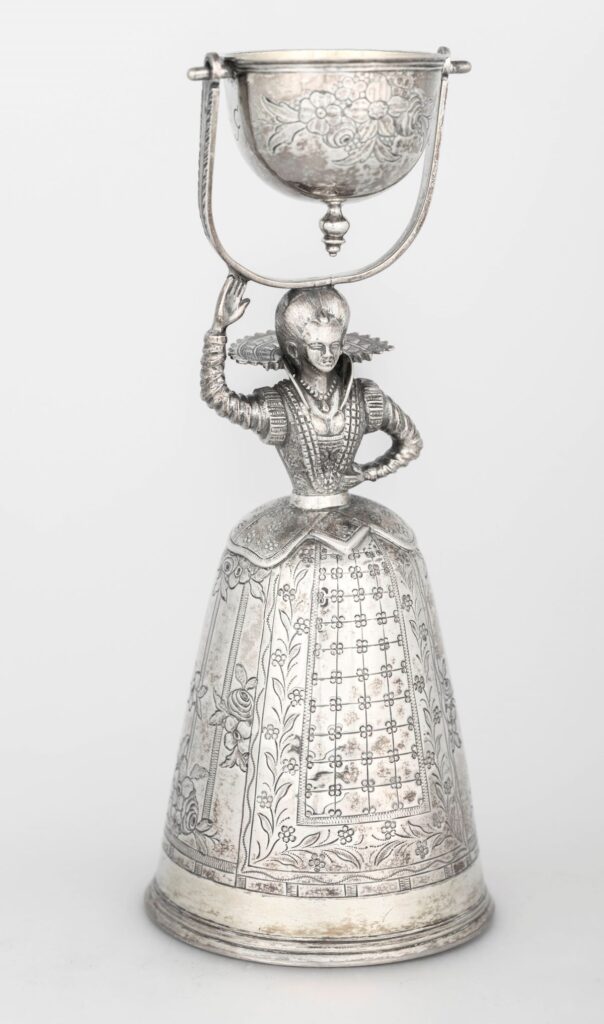
Much like designers across the Continent, over the centuries the Norwegians received and incorporated influence from the baroque and rococo to the neoclassical. Other sparks to ingenuity came domestically in the nineteenth century following archaeological excavations of Viking ships and amid political agitation calling for independence from Sweden. A growing sense of revivalism in arts and popular culture prompted Norway’s goldsmiths to create ornate works harkening back to the Viking and medieval eras, such as a silver and plique-à-jour-enamel dragon boat on view in Houston.
All told, the show includes around two hundred objects of art and design, among them ornate ceremonial pieces such as presentation vessels and a silver and silver-gilt bride’s wedding crown dating to about 1590. Other highlights include an impressive silver “welcome cup” made in 1661 by Jan Reimers, who established a goldsmithing dynasty in the city; a silver box by a later member of the Reimers family, with intricate tracery that seems to anticipate the transition from the heavy baroque style to the more delicate curves of the rococo; and an amusing silver and silver-gilt beaker, made in 1782 by Johan Helmich Hoff, in the form of a woman carrying a basket that forms the drinking cup.
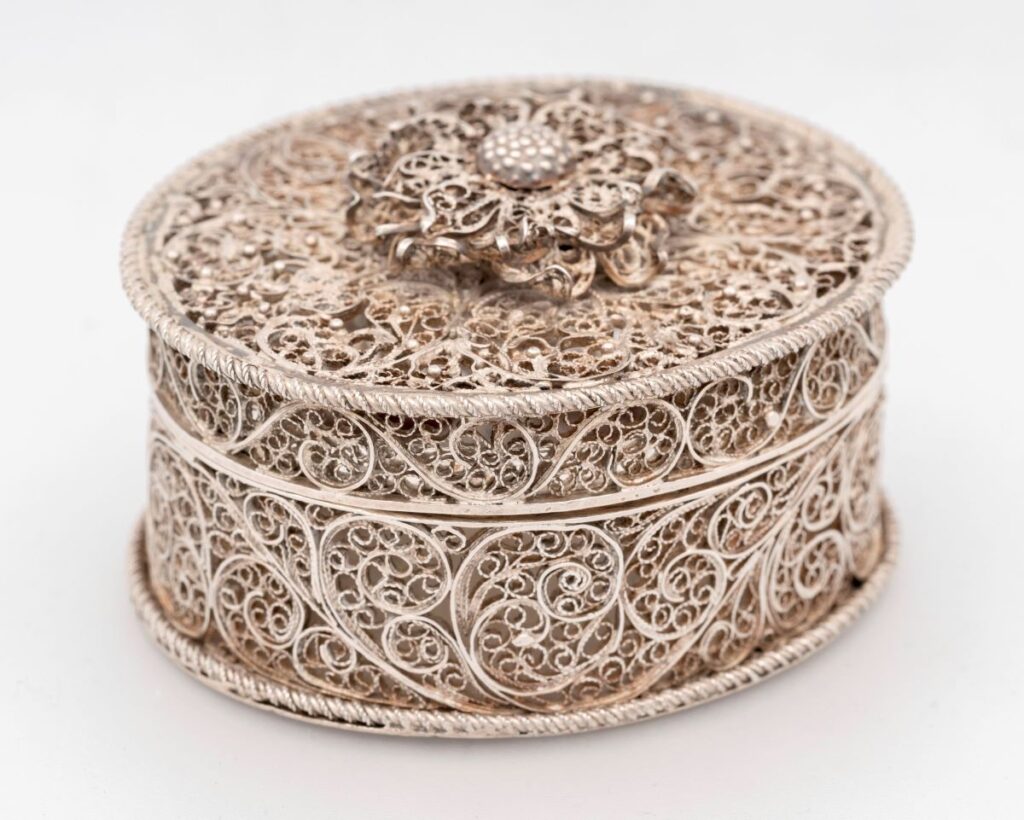
Crowning the North: Silver Treasures from Bergen, Norway • Museum of Fine Arts, Houston • to May 5 • mfah.org

